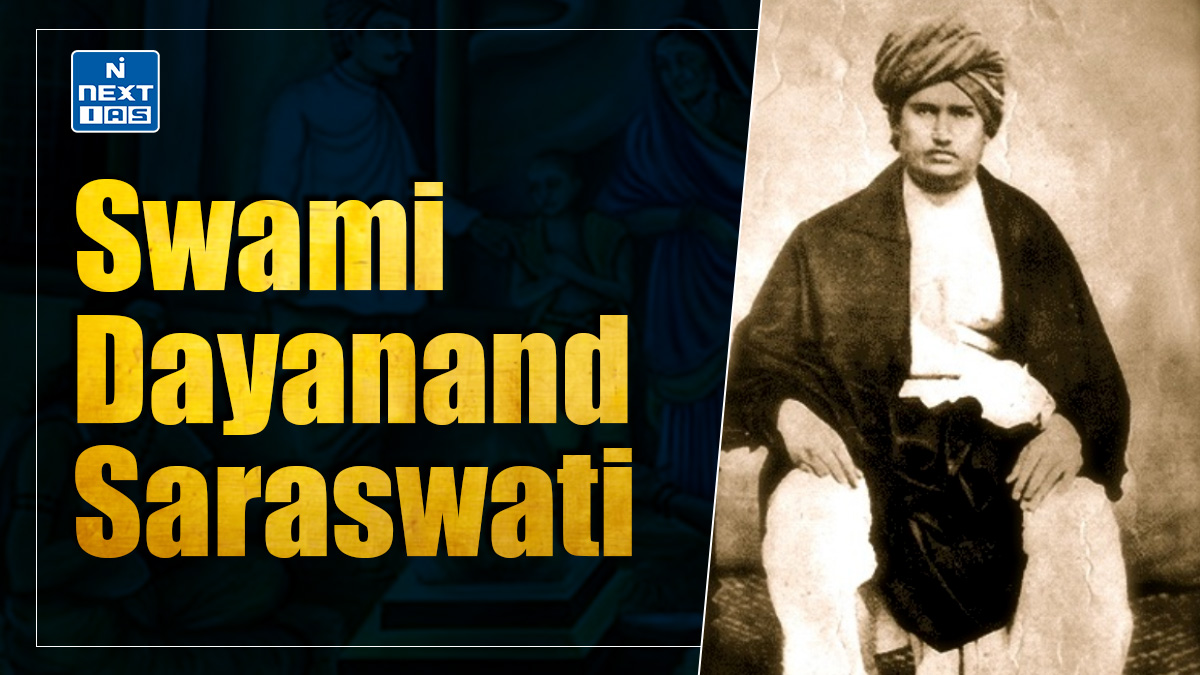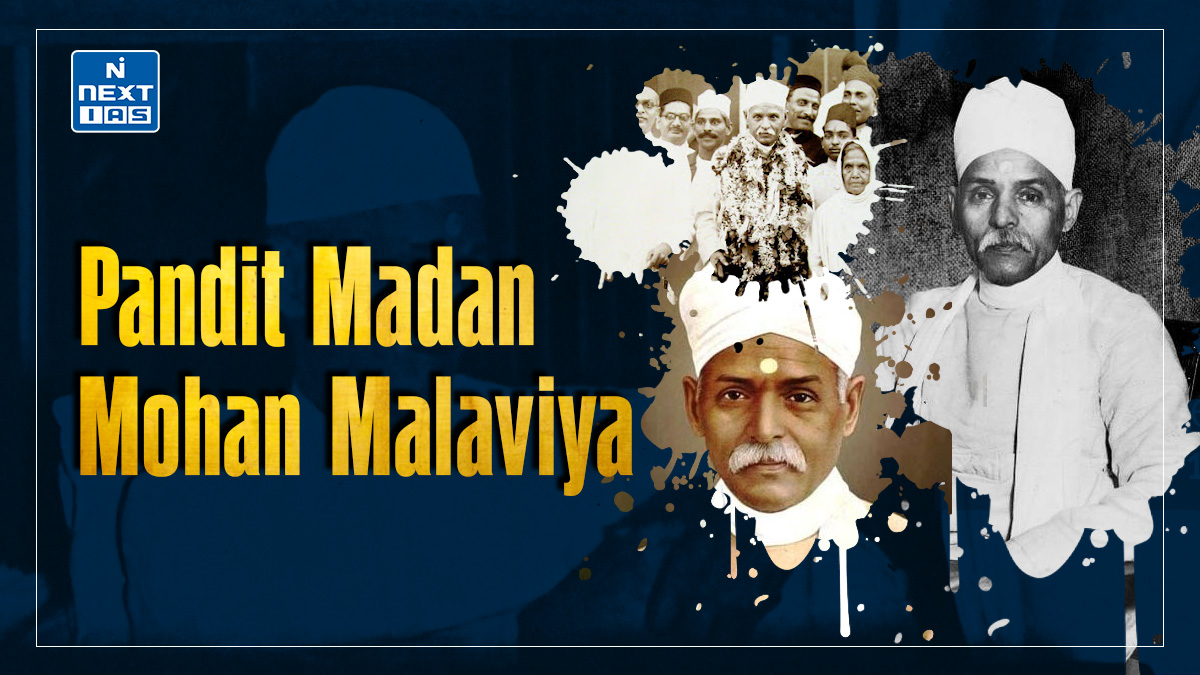
The Anglo-Sikh Wars were two critical conflicts fought between the British East India Company and the Sikh Empire in the mid-19th century, leading to the British annexation of Punjab. These wars were significant as they marked the end of the sovereign Sikh state and further expanded British control in India. This article aims to study in detail the causes, major battles, and outcomes of the Anglo-Sikh Wars, as well as their impact on the history of British India.
About Sikh Religion
- The Sikh religion was founded in the late 15th century by Guru Nanak.
- The Sikh religion spread among the Jat peasantry and other lower castes of Punjab.
- The transformation of the Sikhs into a militant, fighting community was started by Guru Hargobind (1606-1645) after the execution of his father, Guru Arjun Dev.
- However, under the leadership of Guru Gobind Singh (1664-1708), the tenth and the last Guru of the Sikhs, they became a political and military force.
- From 1699 onwards, Guru Gobind Singh waged constant war against the armies of Aurangzeb and the hill rajas.
- After Aurangzeb’s death, Guru Gobind Singh joined Bahadur Shah’s camp as a noble of 5000 zat and 5000 sawar.
- He accompanied him to the Deccan, where he was treacherously murdered by one of his Pathan employees.
- After Guru Gobind Singh’s death, the institution of Guruship ended, and the leadership of the Sikhs passed to his trusted disciple Banda Singh, who is more widely known as Banda Bahadur.
Sikh Confederacies/Misls
- The Sikhs were organised into 12 misls or confederacies in different parts of the province. These misls fully cooperated.
- They were initially based on equality, with all members having an equal voice in deciding a misl’s affairs and electing its chief and other officers.
- Gradually, the democratic character of the misls disappeared, and powerful chiefs dominated them.
- The spirit of brotherhood and unity of the khalsa also disappeared as these chiefs constantly quarrelled with one another and set themselves up as independent chieftains.
Emergence of Ranjit Singh
- At the end of the 18th century, Ranjit Singh, chief of the Sukerchakia Misl, rose to prominence.
- A strong and courageous soldier, an efficient administrator, and a skilful diplomat.
- He captured Lahore in 1799 and Amritsar in 1802. He soon controlled all Sikh chiefs west of the Sutlej and established his kingdom in the Punjab.
- In 1805, he captured the Amritsar Sahib from Bhangi Misl and took over Kashmir. Later, he conquered Peshawar and Multan.
- The geographical reach of the Sikh Empire under Ranjit Singh included all lands north of the Sutlej River and south of high valleys in the northwestern Himalayas, which was called Sarkar-i-Khalsa.
- Ranjit Singh maintained good relations with the British in a bid to save his Kingdom from their annexation.
- In fact, Lord William Bentinck met Ranjit Singh in 1831 at Rupar, on the bank of the Sutlej, amidst show and splendour, and successfully won his friendship.
- They concluded the Indus Navigation Treaty, opening Sutlej to navigation. In addition, a commercial treaty was negotiated with Ranjit Singh.
- When the British forbade Ranjit Singh to cross the Sutlej in 1809 and took the Sikh states east of the river under their protection, he kept quiet, for he realised the British military strength was much greater than theirs.
- Through his diplomatic realism, Ranjit Singh only managed to prevent the British threat for some time. After his death, it became an intense struggle for power that led to the destruction of the Sikh kingdom.
Governance under Ranjit Singh
- The old Sikh chiefs under Ranjit Singh were transformed into big zamindars and jagirdars.
- No changes were made in the land revenue system promulgated earlier by the Mughals.
- With the help of European instructors, Ranjit Singh built up a powerful, disciplined, and well-equipped army along European lines.
- His new army was not confined to the Sikhs. He also recruited Gurkhas, Biharis, Oriyas, Pathans, Dogras, and Punjabi Muslims.
- He set up modern foundries to manufacture cannon at Lahore and employed Muslim gunners to man them.
- It is said that he possessed the second-best army in Asia, the first being the English East India Company army. Ranjit Singh was highly capable of choosing his ministers and officials.
- His court was studded with outstanding men.
First Anglo-Sikh War (1845-46)
Background of First Anglo-Sikh War
- Maharaja Ranjit Singh died in 1839 during the First Anglo-Afghan War after a rule of around 45 years.
- Immediately after his death, the Sikhs started disintegrating. At the time, two major factions within the Punjab contending for power and influence were the Sikh Sindhanwalias and the Hindu Dogras.
- The Dogras succeeded in raising Sher Singh, Ranjit Singh’s eldest illegitimate son, to the throne in January 1841.
- After Ranjit Singh’s death, the British East India Company began increasing its military strength, particularly in the regions adjacent to the Punjab.
- It established a military cantonment at Ferozepur, only a few miles from the Sutlej River, which marked the frontier between British-ruled India and the Punjab.
- In 1843, they conquered and annexed Sindh to the south of the Punjab, breaking diplomatic relations with the Sikhs.
Course of First Anglo-Sikh War
- The British moves and preparations alarmed the Sikh troops, which crossed the Sutlej in December 1845 and took an offensive position against the English troops.
- Henceforth, battles were fought at Mudki, Ferozeshah, and Aliwal. To settle the issue, the final battle of Sobraon proved decisive in the first Anglo-Sikh War.
- After the victory at Sobraon, the English army occupied Lahore and dictated peace terms. Therefore, the First Anglo-Sikh Battle ended with the Treaty of Lahore (1846).
Outcomes of First Anglo-Sikh War
According to the Treaty of Lahore (1846) signed between Lord Hardinge and 7-year-old Maharaja Duleep Singh, along with seven members of the Lahore Durbar:
- Duleep Singh was recognised as Raja, Rani Jindan as Regent, and Lal Singh as Wazir.
- The Jullandur Doab (including Jammu, Kashmir, and Hazara) was added to the British territory. Thus, the Sikhs lost all claims south of the Sutlej River.
- It limited the Sikh army to a specified number, and a British Resident (Sir Henry Lawrence) was appointed to assist the Sikh Council of Regency.
Second Anglo-Sikh War (1848-49)
Background of Second Anglo-Sikh War
- The aftermath of the First Anglo-Sikh War laid the foundation for the Second Anglo-Sikh War.
- After a few months of the treaty of Lahore, Rani Jindan and Lal Singh realised the English Company’s true intentions.
- The Sikh Sardars were discontent with the British control over Punjab, and the Sikh army wanted to avenge their humiliation in the first war.
- The immediate cause for the English Company’s invasion of the Punjab was the revolt of Mulraj, the Governor of Multan.
Course of Second Anglo-Sikh War
- Multan was part of the Sikh kingdom, having been captured by Ranjit Singh in 1818. In 1848, it was governed by a Hindu viceroy, Dewan Mulraj.
- After the Treaty of Lahore, Sir Henry Lawrence was appointed at the Lahore Darbar as the British Resident.
- He left England due to some disease, and in his place, a lawyer named Sir Frederick Currie was appointed at the Lahore Durbar.
- Sir Frederick Currie was a legalist and a Puritan who asked the somewhat independent Governor of Multan, Dewan Mulraj, to pay arrears of the taxes.
- When the British officers were sent to Mulraj’s fortress, he revolted, attacked, and wounded them. Though Mulraj’s small army was defeated, it started a series of rebellions spread over Punjab. The war was prolonged for months, but Sikhs were defeated.
Subsequent Outbreaks of Second Anglo-Sikh War
- A large army under Lord Gough’s command fought an indecisive battle at Ramnagar in November 1848.
- Next, in January 1849, the Sikh soldiers won the battle of Chilianwala with glory.
- The English won the final and decisive battle at Gujarat near Chenab in 1849. This war resulted in the annexation of Punjab.
Outcomes of Second Anglo-Sikh War
- The whole of Punjab was annexed.
- Lord Dalhousie pensioned off Duleep Singh to England.
- Sir John Lawrence became the first Chief Commissioner of Punjab to oversee its administration.
- Therefore, Punjab became a British province, although Patiala and some other small states retained their rulers after recognising the British’s sovereignty.
- The Kohinoor Diamond was also taken from Duleep Singh.
Critical Analysis of Anglo-Sikh War
- The British annexation of Punjab was hailed as a significant success under Lord Dalhousie.
- The Sikh Wars gave the two sides mutual respect and fighting prowess, leading to an increased recruitment of people from various communities of the Punjab in the Punjab Army under British command.
Conclusion
The Anglo-Sikh Wars are key events in the history of British colonial expansion in India, leading to the end of Sikh sovereignty in Punjab and the integration of the region into British India. This annexation was a military achievement for the British and a major political and strategic victory that solidified their influence over North India. The Anglo-Sikh Wars also left a legacy of respect and admiration between the Sikhs and the British, setting the stage for Sikh integration into the British Indian Army, which played a pivotal role in British military operations in the region and beyond. This complex history underscores the resilience of the Sikh community and the transformation of Punjab under British rule.
GS - 1





